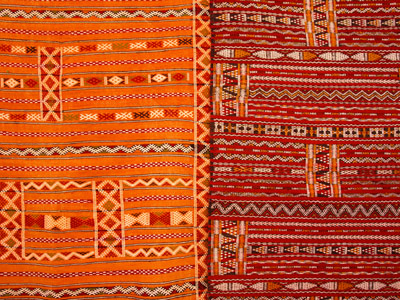
Ask the AI Tutor
Need help with The Industrial Revolution 01? Ask our AI Tutor!
AI Tutor - Lucy
Connecting with Tutor...
Please wait while we establish connection

Before the Industrial Revolution the most common industry in homes was textiles.
The Industrial Revolution 01
How did Britain change from rural workshops to noisy factories? This KS3 History quiz explores the Industrial Revolution and how new machines transformed work, cities, and people’s lives.
1 .
Before about 1750, where was most industry based?
In factories
In the home
Near the sea
Wales
Known as the domestic system (of industry)
2 .
What was another name for the domestic system?
Bungalow industry
Cottage industry
House industry
Hovel industry
Cottage industries cannot compete against the mass-production of items in factories. They produce smaller amounts that are more expensive to buy and have a more variable quality
3 .
The most common industry in homes was what?
Cake making
Iron making
Pottery
Textiles
We get the word 'spinster' from the girls who spun the yarn
4 .
Which of these did NOT lead to the Industrial Revolution?
A rising population meant employers had more workers
Banks had money to lend to factory owners
Millions of foreign workers arrived from abroad
Rising demand for goods from a growing population
The workers for the factories were often people migrating from rural settlements to urban centres
5 .
Which statement did NOT apply to the domestic system?
Homes were too small for large machines
It was small-scale, so little cloth was produced
Only hand power was used
There was strict quality control on the finished cloth
There was no way of ensuring consistent quality
6 .
Which areas of Britain saw most growth at that time?
Parklands
Scotland
Seaside resorts
Urban areas
It was more convenient to build factories in towns and cities as there were better transport links as well as a readily available workforce
7 .
Who built the first large cotton spinning factory?
Henry Cartwright
James Allwright
Matthew Wainwright
Richard Arkwright
In 1771 in Derbyshire - it used water power
8 .
Arkwright built which village to house his workers?
Cranford
Cromford
Latchford
Stamford
He even built a church
9 .
What replaced water power to drive the new machinery?
Electricity
Horsepower
Manpower
Steam
The first steam engines were used in the early 1700s to pump water out of mines but it was only in the late 1700s that they were starting to be used to power factory machinery
10 .
The new factory towns grew up around what?
Coalfields
Rivers
Sea ports
Shopping centres
Coal produced steam to power the factory machines
**Unlimited Quizzes Await You! 🚀**
Hey there, quiz champ! 🌟 You've already tackled today's free questions.
Ready for more?
Ready for more?
🔓 Unlock UNLIMITED Quizzes and challenge yourself every day. But that's
not all...
not all...
🔥 As a Subscriber you can join our thrilling "Daily Streak" against other
quizzers. Try to win a coveted spot on our Hall of Fame Page.
quizzers. Try to win a coveted spot on our Hall of Fame Page.
Don't miss out! Join us now and keep the fun rolling. 🎉
**Unlimited Quizzes Await You! 🚀**
Hey there, quiz champ! 🌟 You've already tackled today's free questions. Ready for more?
🔓 Unlock UNLIMITED Quizzes and challenge yourself every day. But that's not all...
🔥 As a Subscriber you can join our thrilling "Daily Streak" against other quizzers. Try to win a coveted spot on our Hall of Fame Page.
Don't miss out! Join us now and keep the fun rolling. 🎉






